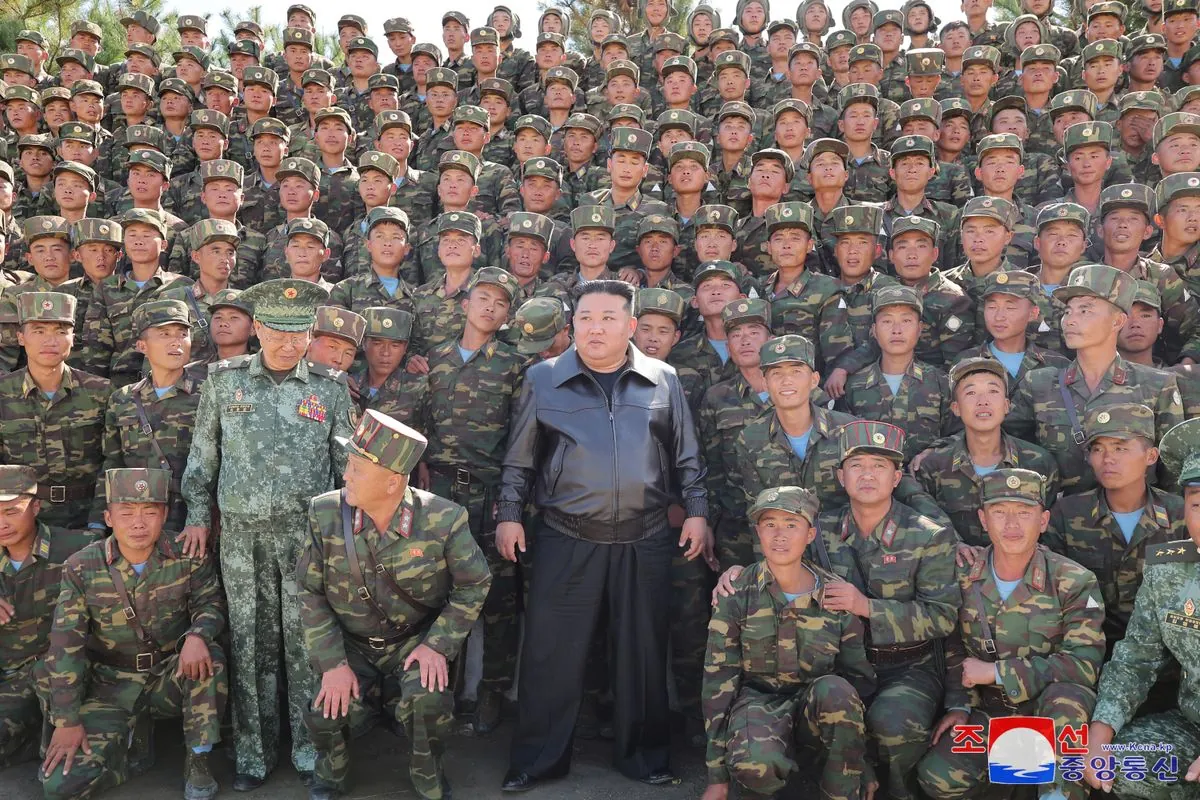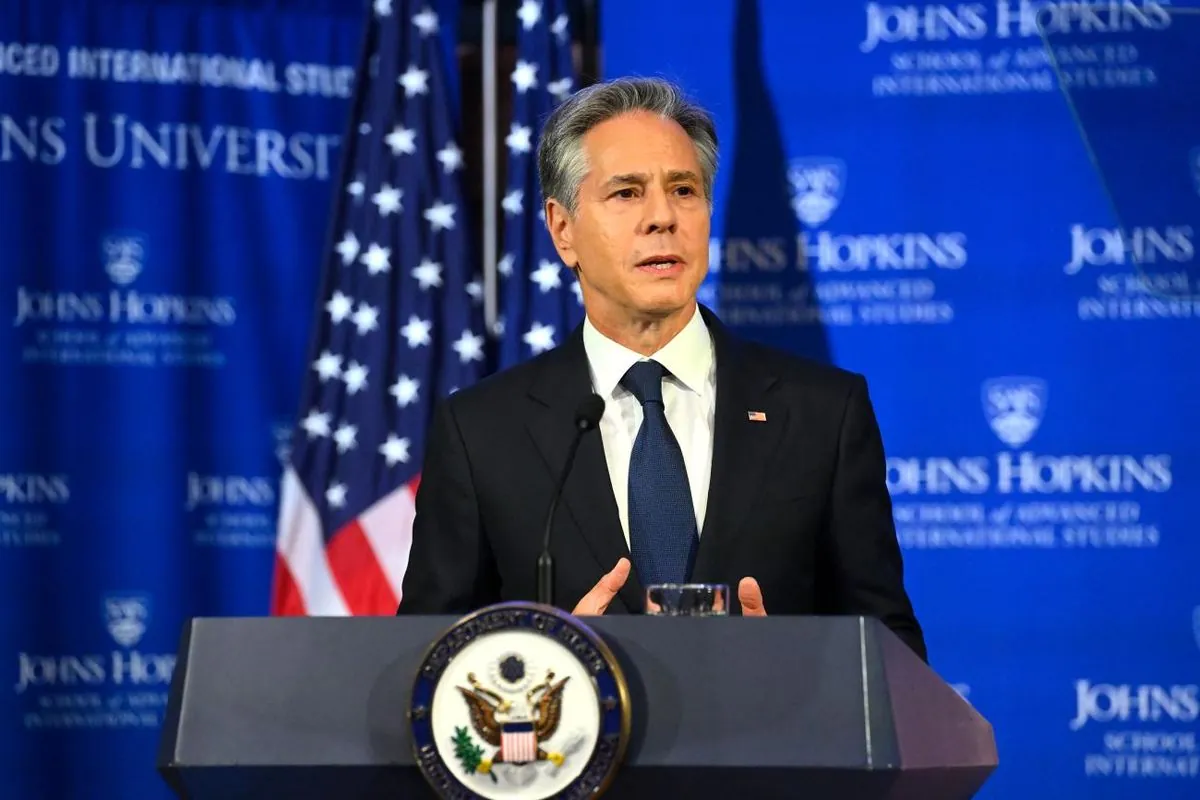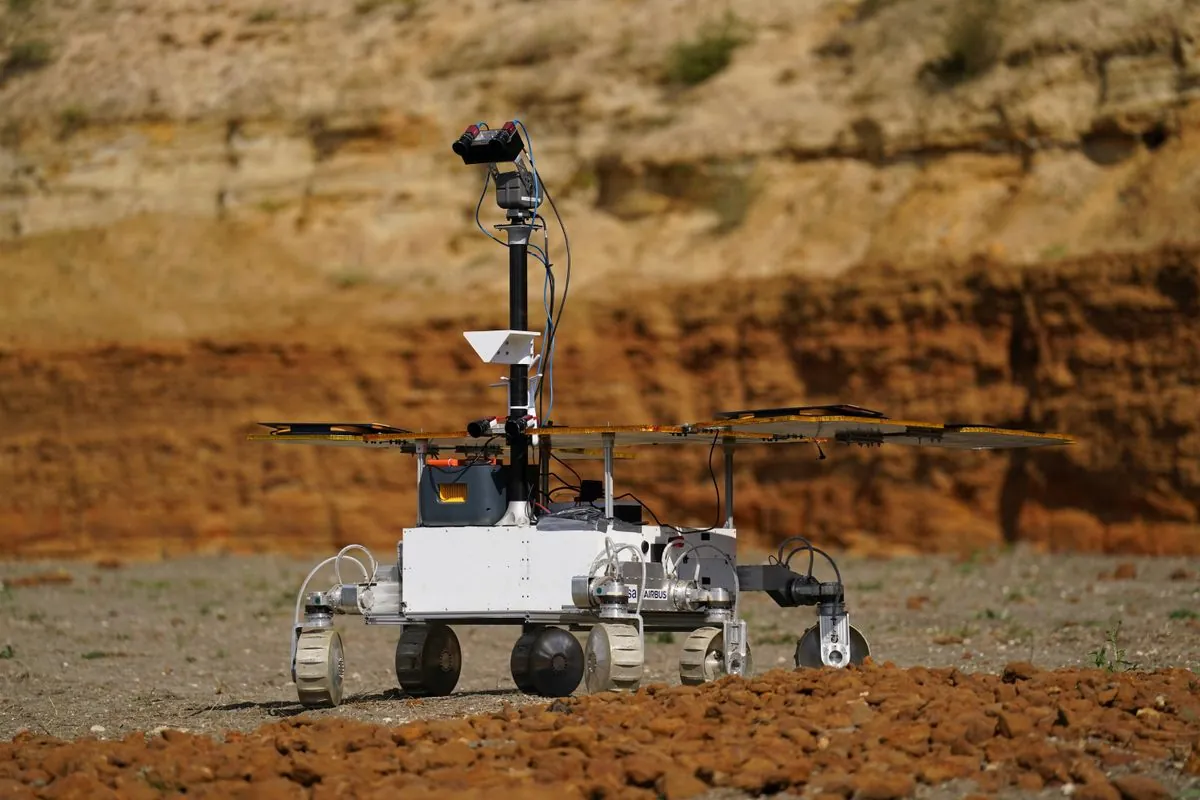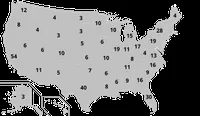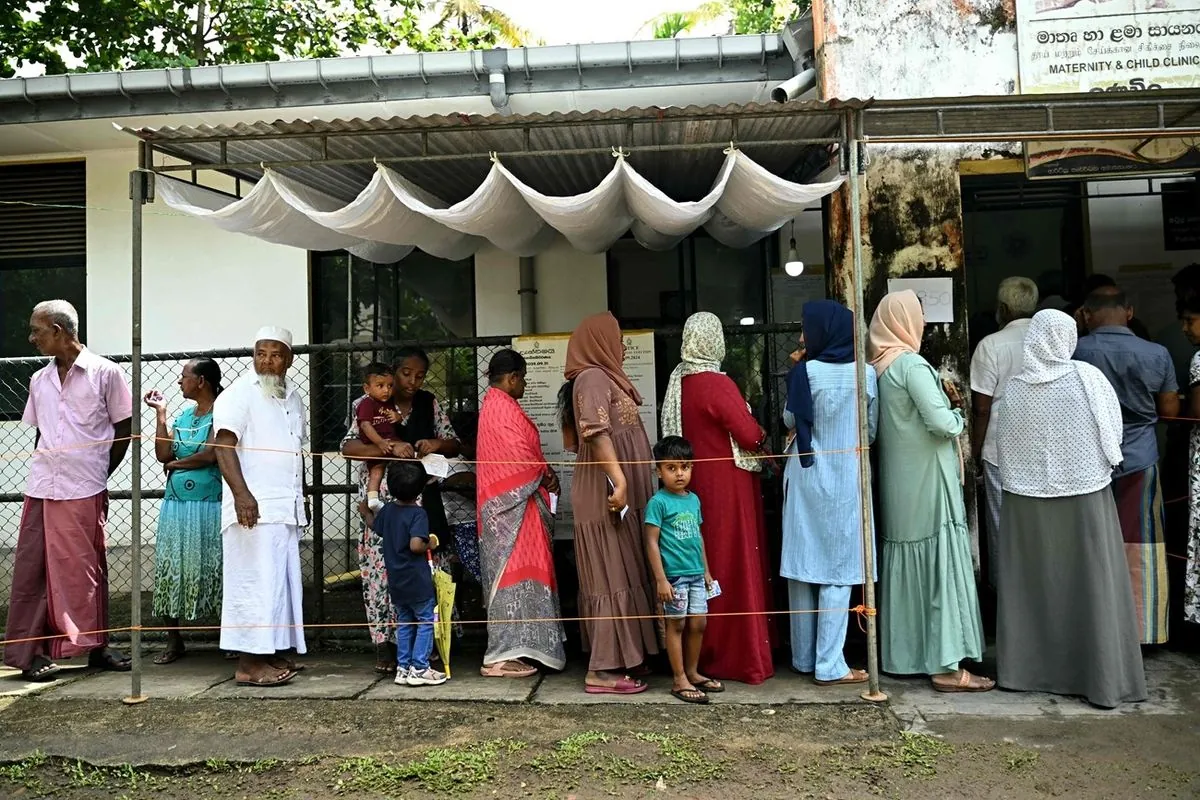Japan Deploys Drones to Combat Rising Suicides in Mount Fuji Forest
Yamanashi government launches drone patrols in Aokigahara Forest to address increasing suicide rates. Advanced technology aims to detect and assist individuals, while authorities seek to change the area's reputation.
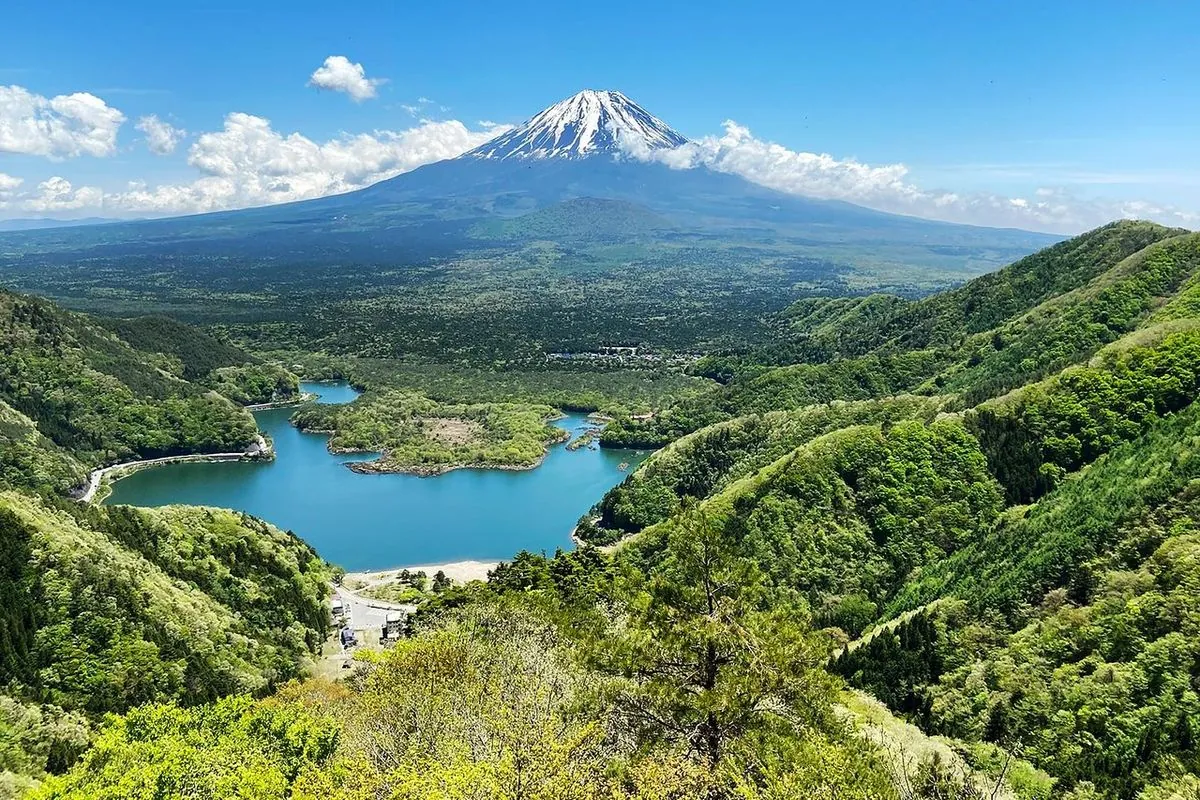
In a proactive measure to address the rising number of suicides, authorities in Japan have initiated drone patrols over the infamous Aokigahara Forest, situated at the base of Mount Fuji. This 30-square-kilometer area, also known as the "Sea of Trees," has gained notoriety for its association with self-harm incidents.
The Yamanashi regional government has deployed unmanned aerial vehicles (UAVs) to conduct sweeps of the dense woodland. These drones, manufactured by Tokyo-based company JDrone, are equipped with advanced technology to aid in locating individuals within the forest.
The larger drone models feature cameras and infrared sensors capable of detecting human presence beneath the thick canopy. This data is then relayed to ground teams for swift action. Complementing these are smaller, handheld units that can be guided to specific heat signal locations. These compact drones enable search teams to communicate with individuals through integrated cameras and speakers.
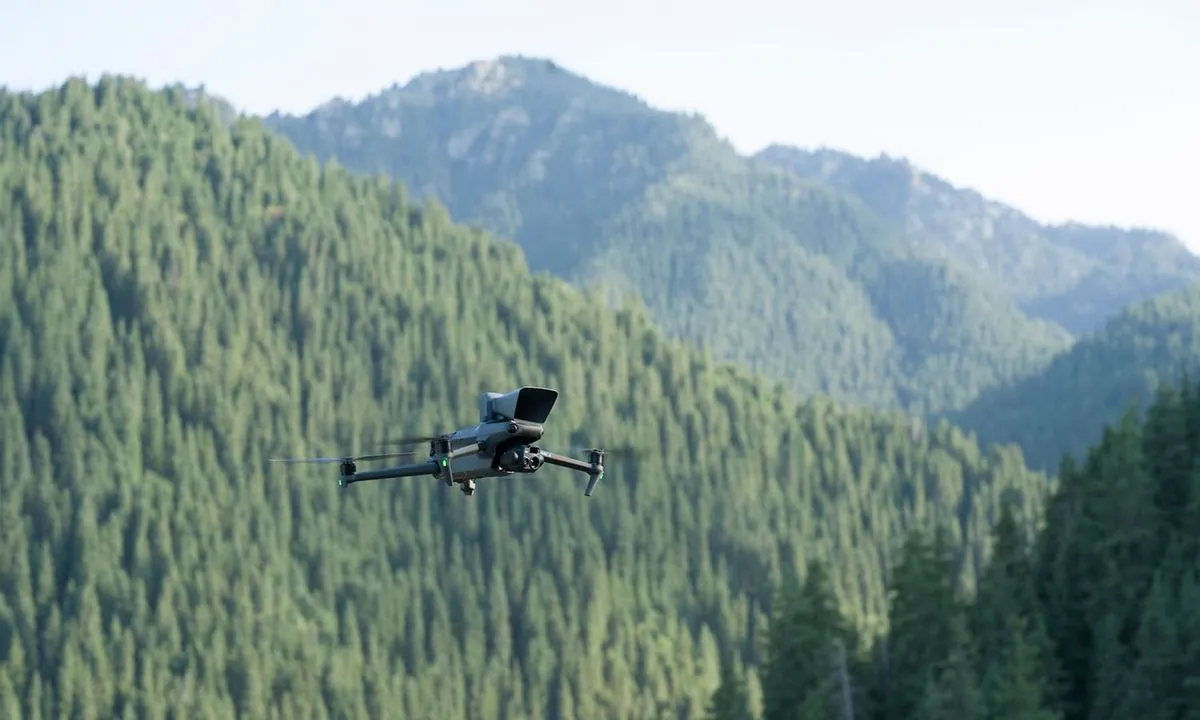
The implementation of this technology comes in response to alarming statistics. According to official reports, the number of bodies discovered in Aokigahara has steadily increased over recent years. In 2019 and 2020, 182 bodies were found annually. This figure rose to 192 in 2021, 199 in 2022, and reached 215 in 2023.
The forest's dark history dates back to the 1920s when the first recorded suicide occurred. Over the decades, various factors have contributed to its reputation, including media attention, economic hardships, and cultural influences. The 1990s saw a surge in deaths coinciding with Japan's economic downturn, particularly affecting businessmen who faced financial ruin.
Aokigahara's unique characteristics have long fascinated researchers and visitors alike. The forest floor, composed primarily of volcanic rock from Mount Fuji's last major eruption in 864 CE, creates a challenging environment for vegetation. Interestingly, compasses often malfunction in the area due to rich deposits of magnetic iron in the soil.
Despite its somber reputation, Aokigahara is part of the Fuji-Hakone-Izu National Park and boasts a rich biodiversity. The forest is home to various species of birds and mammals, as well as several ice caves formed by volcanic activity. Some trees in the area are estimated to be over 300 years old, contributing to the forest's mystical atmosphere.
"We want to dispel the image of Aokigahara as a famous suicide spot."
The Yamanashi government hopes that the implementation of drone technology will enable timely interventions and provide opportunities to assist individuals in distress. By combining advanced surveillance with compassionate outreach, authorities aim to change the narrative surrounding Aokigahara and promote it as a place of natural beauty and cultural significance rather than tragedy.
As efforts continue to address this sensitive issue, it's crucial to remember that Aokigahara's ecosystem is considered fragile due to human impact and climate change. Balancing conservation efforts with public safety measures remains a priority for local authorities as they work to preserve this unique forest for future generations.

